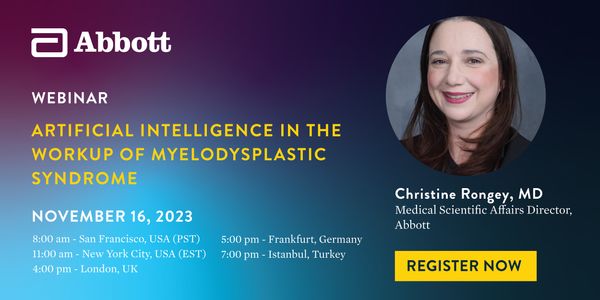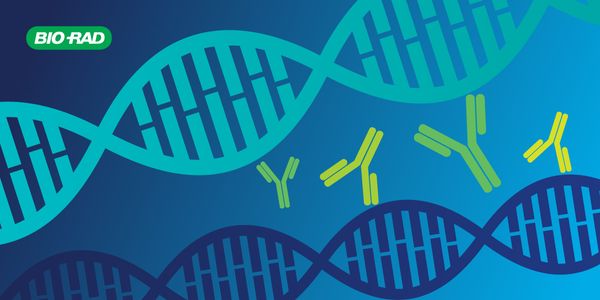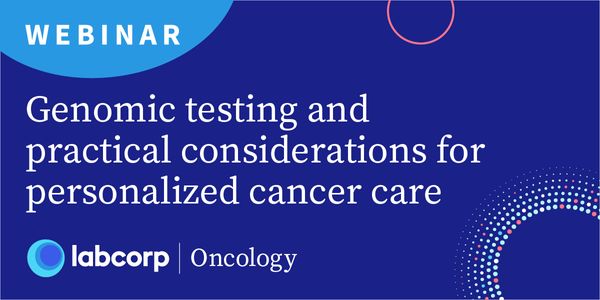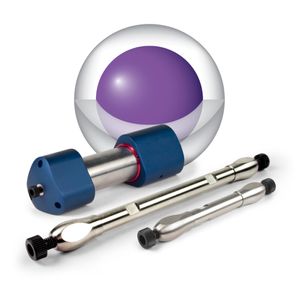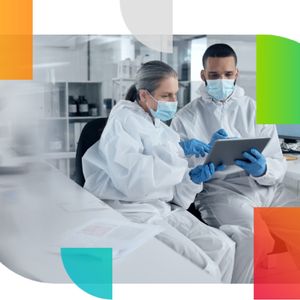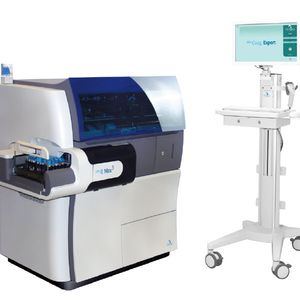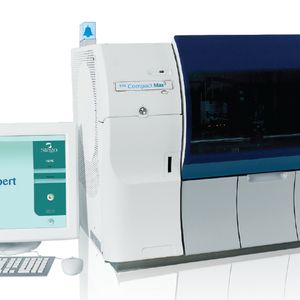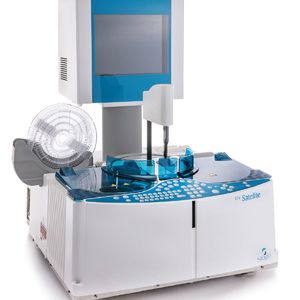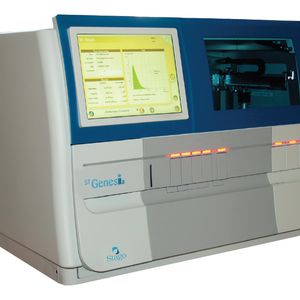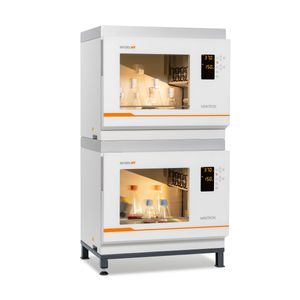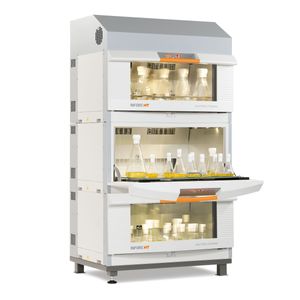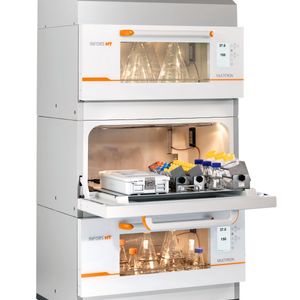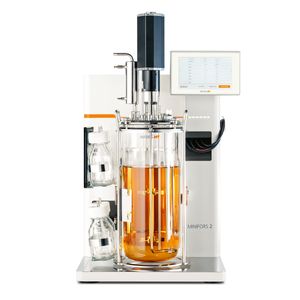WEBINARS
Our webinars allow users to learn from experts and earn continuing education credits on industry topics, progress in research, services available, and more.
Show More
-
NOV 16, 2023 | 8:00 AMC.E. CREDITSMyelodysplastic Syndrome (MDS) requires a complicated workup that can be supported by Artificial Intelligence (AI). Initial findings using AI have shown that MDS can be preliminarily identif...
-
NOV 15, 2023 1:00 PM ETC.E. CREDITSSummary: Internal quality control is an integral process of laboratory testing. A clinical laboratory's coagulation quality control (QC) program is a critical component of its quality as...
-
NOV 14, 2023 | 10:00 AMC.E. CREDITSAssessment for anti-dsDNA antibodies provides some of the most significant challenges in autoantibody serology testing. Anti-dsDNA antibodies are an important biomarker for systemic lupus er...
-
NOV 14, 2023 | 6:00 AMC.E. CREDITSIt is over half a century since haemoglobin A1c (HbA1c) was recognised by medical professionals; the importance of HbA1c to the long term health of people with diabetes was clearly demonstra...
-
NOV 09, 2023 | 8:00 AMC.E. CREDITSTissue microarray combines tens to hundreds paraffin-embedded specimens into a single paraffin block. It is a practical and highly effective tool for high-throughput analyses including valid...
-
Access to and experiences with healthcare continue to be inequitable worldwide even at the level of clinical laboratory testing. From building and sustaining a thriving, diverse workforce to...
Immunoassays and mass spectrometric assays are the two major methodologies in contemporary clinical chemistry laboratories. While immunoassays are highly automated and offer a faster turnaro...
Despite an overall good performance on all laboratory procedures used to detect monoclonal (M) proteins or paraproteins, mis- or false-diagnoses have been seen using electrophoresis methods,...
Medical laboratories are an integral part of the healthcare system. They supply crucial diagnostic data that underpins disease detection, patient care, and public health management....
